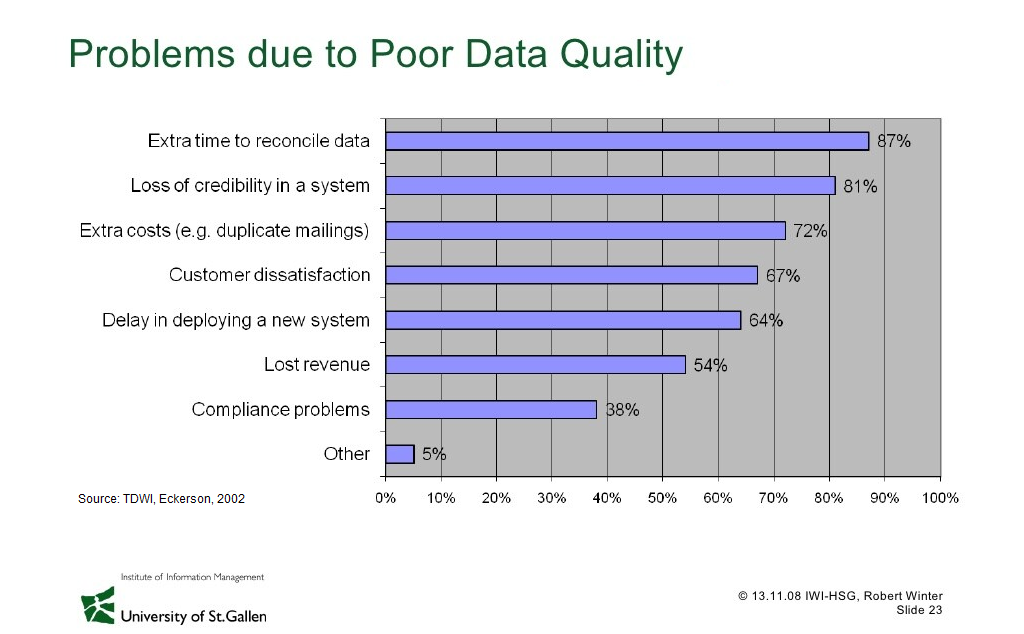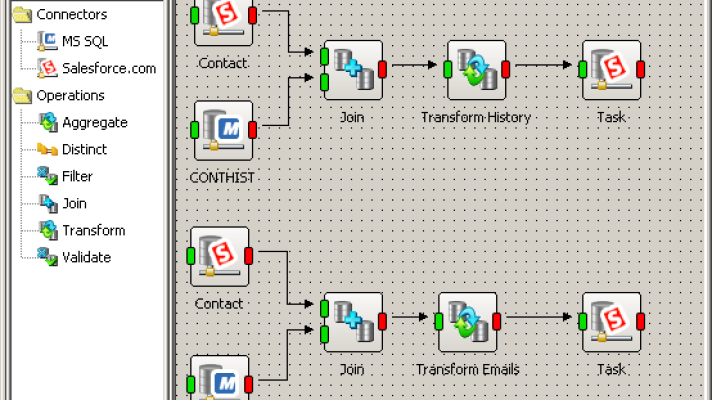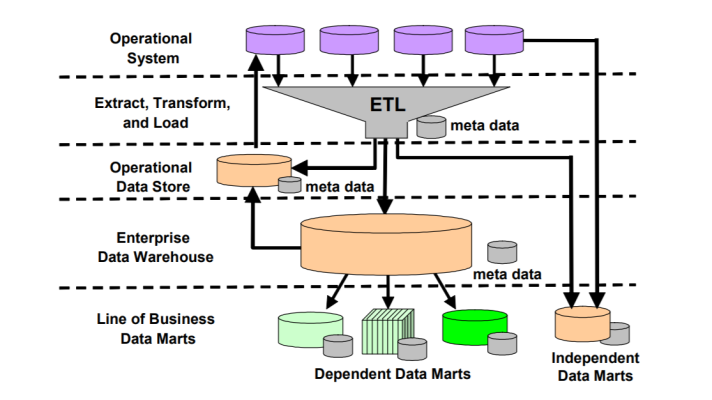Solving the Problems Associated with “Dirty” Data

Don’t waste on data quality
Data quality problems cost U.S. businesses more than $600 billion a year, according to The Data Warehousing Institute (2002). How does that happen? How come companies are losing this much money and not even realizing there’s a way to save up?
The major problem usually lies in the source the data is received from and the way it is processed before it enters the database/warehouse (if processed at all). Then, there’s also the currency of data, its accuracy, completeness, relevance, and consistency.
A recent article by Christopher Petix titled “Marketers Should Avoid Dirty Data” discusses the major benefits of generating your own CRM data as opposed to buying outdated information from data providers. Here are a few efforts and rules that can really make this approach stand out:
- collecting new data for every campaign
- ability to set parameters for data collection
- enabling consumers to fill out information related to their demographics and specify their interest in a specific product or service
- strict data cleansing processes, double-filtering, etc.
All of the above ensure a hugher degree of relevance, and, as a result, really help you to save the money you’d waste otherwise on reaching out irrelevant leads.
“So-called ‘dirty data’ not only wastes contact center agents’ time, it also wastes a marketer’s budget—and optimizing budgets is crucial in the current market conditions.” —Christopher Petix
That’s where you realize that data quality could be taken care of in advance, but you’re stuck with your dirty data and need to deal with it (and consequently spend more).
“Data quality has the ability to save marketers a considerable amount of money and is a completely transparent process.” —Christopher Petix
Data quality strategy for business partners
Still, very often, data is received from third parties, including business partners such as suppliers or contractors. In this case, it’s worth talking to them about data quality.
Vicki P. Raeburn wrote an article for DM Review titled “Talking with Your Business Partners About Data Quality,” in which she discusses what needs to be done to solve bad data problems.
Solving the bad data problem requires:
- Clearly defining the nature of the problems your business partners/customers are experiencing,
- Establishing priorities to tackle the most strategically important issues first, and
- Implementing an improvement plan with appropriate metrics and communications to your business partners/customers.
Vicki also names four dimensions for all business users to understand (which is also a problem, as most don’t even know the problem can be dealt with) and keep in mind whenever working with the corporate data:
- Timeliness: Currency of data elements.
- Accuracy: Attributes of the entity (object) are correctly represented.
- Completeness: Breadth (number of entities) and depth (number of fields defined and populated).
- Consistency: Identity, definitions, hierarchies, standards and metrics are the same within and across databases.
By implementing these initiatives, an organizaton can reduce the impact that “dirty” data can have on business operations.
Further reading
- Neglecting the Quality of Data Leads to Failed CRM Projects
- Data Quality: Upstream or Downstream?
- Poor Data Quality Can Have Long-Term Effects
Related slides









